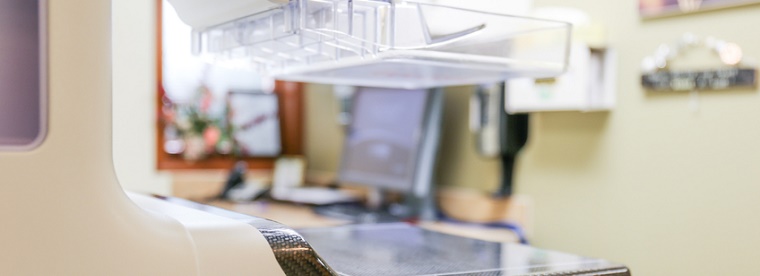For many women, the fear of breast cancer is very real, due to certain risk factors - for example, a family history of breast cancers, being a member of a high-risk group or even aging. The presence of these risks, however, is no guarantee that a cancer will ever materialize; nor is the lack of these risks a guarantee that one will not.
The key to positive outcomes for breast cancer treatment is early detection, which is why annual mammograms for women starting at age 40 - when risk substantially increases - are so important.
In fact, according to the Society for Breast Imaging, one in six breast cancers occur in women aged 40 to 49 years, and 40 percent of all the years of life saved by mammography are among women in their 40s.
How Mammograms Help
A mammogram is an x-ray image taken of the breast, which is then used to screen for cancers. Often they are able to detect breast cancers in their early stages, even before a lump can be felt through self-examination.
“Despite common fears, the majority of women experience little to no discomfort while undergoing a mammogram," says Amy Campbell, MD, Chief, Division of Breast Imaging at MedStar Georgetown University Hopsital.
Given that 75 percent of women who receive a diagnosis of breast cancer in their lifetime do not have any apparent risk factors, it is important that all women go for an annual screening, once they turn 40 years old - otherwise most cases will be missed.
Other studies have shown there is a 30 to 40 percent lower mortality rate among women who engage in annual mammograms against those who do not.
And while there are other screening options available, such as magnetic resonance imaging (MRI) and ultrasounds, both of which can be utilized in women at an increased risk of breast cancer, mammography remains the cornerstone of screening.
But Are Mammograms Safe?
As with any procedure or screening involving radiation, there are risks involved. That being said, the benefits of mammograms in breast cancer detection far outweigh the minimal risk associated with the process. Meaning it is much less likely that a mammogram will cause cancer, rather than detect it.
In fact, you encounter multiple times the amount of radiation exposure from your natural surroundings in a single year than you do from a mammogram.
Take Charge of Your Breast Health
As the Society for Breast Imaging notes, mammography is by no means perfect. It detects the majority of breast cancers, but not all of them. There are also some downsides to regular mammograms, such as the necessity for a biopsy or additional imaging.
However, mammograms do unearth a large percentage of cancers in earlier stages, when there is a higher likelihood of being cured and before they increase in size.
Dr. Campbell shares, “Our goal as breast imagers is to save as many lives as possible with mammography and we can achieve that goal by starting annual screening at the age of 40.”
So if you are 40 years old, take charge of your health this National Mammography Day and schedule your annual mammogram today. And if you have concerns or other questions, reach out to your physician. Because sometimes the best course of action is to start with an open and honest conversation.

